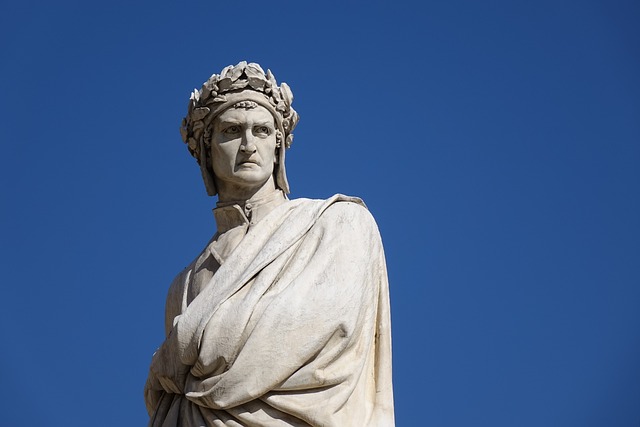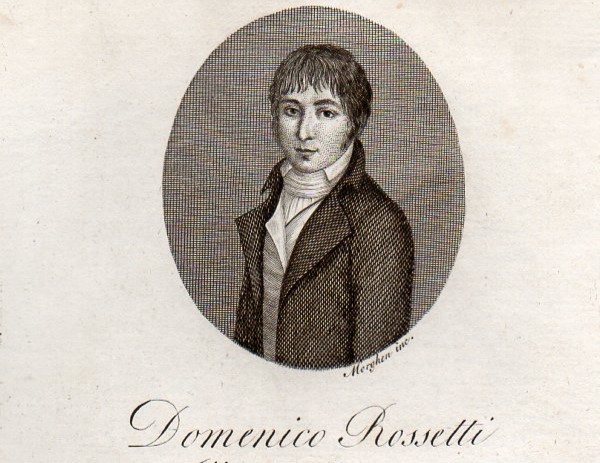The Poem to Vasto
In the years of his London exile, Gabriele Rossetti remembered his hometown with these words: Ancient Town Hall of the RomansWhere I first saw the light of day. You, who adorn the beach of the FrentaniWith the Adriatic before you and joyful hills around,And to show the merit of your childrenYou crowned yourself with a…










